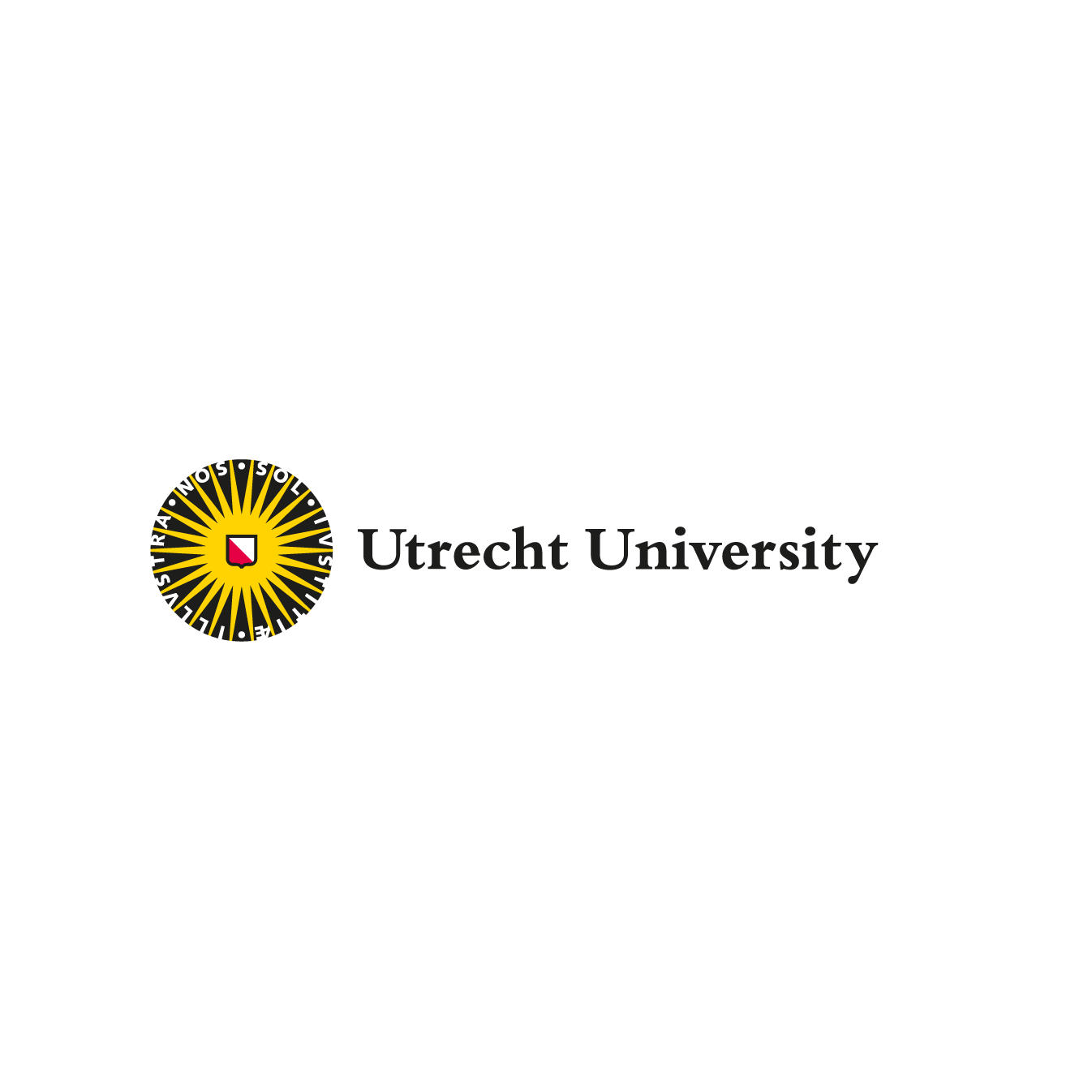In the beginning of this century, our small and densely populated country was an enormous agricultural exporter of vegetables. Dutch products such as tomatoes were shipped to countries all over the world. But how was it possible to produce so many vegetables and export them? We, today's farmers, are looking back at the greenhouses, an agricultural icon from the early 2000s. On the one hand, we are proud of the role our ancestors played in international agriculture, on the other hand, it seems absurd to export Dutch vegetables over great distances at the cost of the environment and the climate. We invite you to explore the history of and debate around greenhouses and how the flood Mia in 2065 changed the Dutch agriculture.
In the beginning of this century, our small and densely populated country was an enormous agricultural exporter of vegetables. Dutch products such as tomatoes were shipped to countries all over the world. But how was it possible to produce so many vegetables and export them? We, today's farmers, are looking back at the greenhouses, an agricultural icon from the early 2000s. On the one hand, we are proud of the role our ancestors played in international agriculture, on the other hand, it seems absurd to export Dutch vegetables over great distances at the cost of the environment and the climate. We invite you to explore the history of and debate around greenhouses and how the flood Mia in 2065 changed the Dutch agriculture.
In the beginning of this century, our small and densely populated country was an enormous agricultural exporter of vegetables. Dutch products such as tomatoes were shipped to countries all over the world. But how was it possible to produce so many vegetables and export them? We, today's farmers, are looking back at the greenhouses, an agricultural icon from the early 2000s. On the one hand, we are proud of the role our ancestors played in international agriculture, on the other hand, it seems absurd to export Dutch vegetables over great distances at the cost of the environment and the climate. We invite you to explore the history of and debate around greenhouses and how the flood Mia in 2065 changed the Dutch agriculture.
History of greenhouses
Back in the 1940s, greenhouses were built on a small scale in the Westland area in the former province of South Holland. Greenhouse horticulture is a form of protected cultivation by which glass is used to protect the crops from outside weather influences. The first interconnected greenhouses (Image 2) were built around 1940 and used by lifting the glass panels. Soon, the construction of large greenhouse complexes like our ancestors knew them started, and the landscape changed significantly. Image 3 illustrates the first interconnected greenhouses in 1945 –displayed in red – that soon developed into the vast number of large orange complexes as shown on the right. Dutch farmers were proud of their greenhouses as they represented economic development and the strong Dutch agricultural export sector.
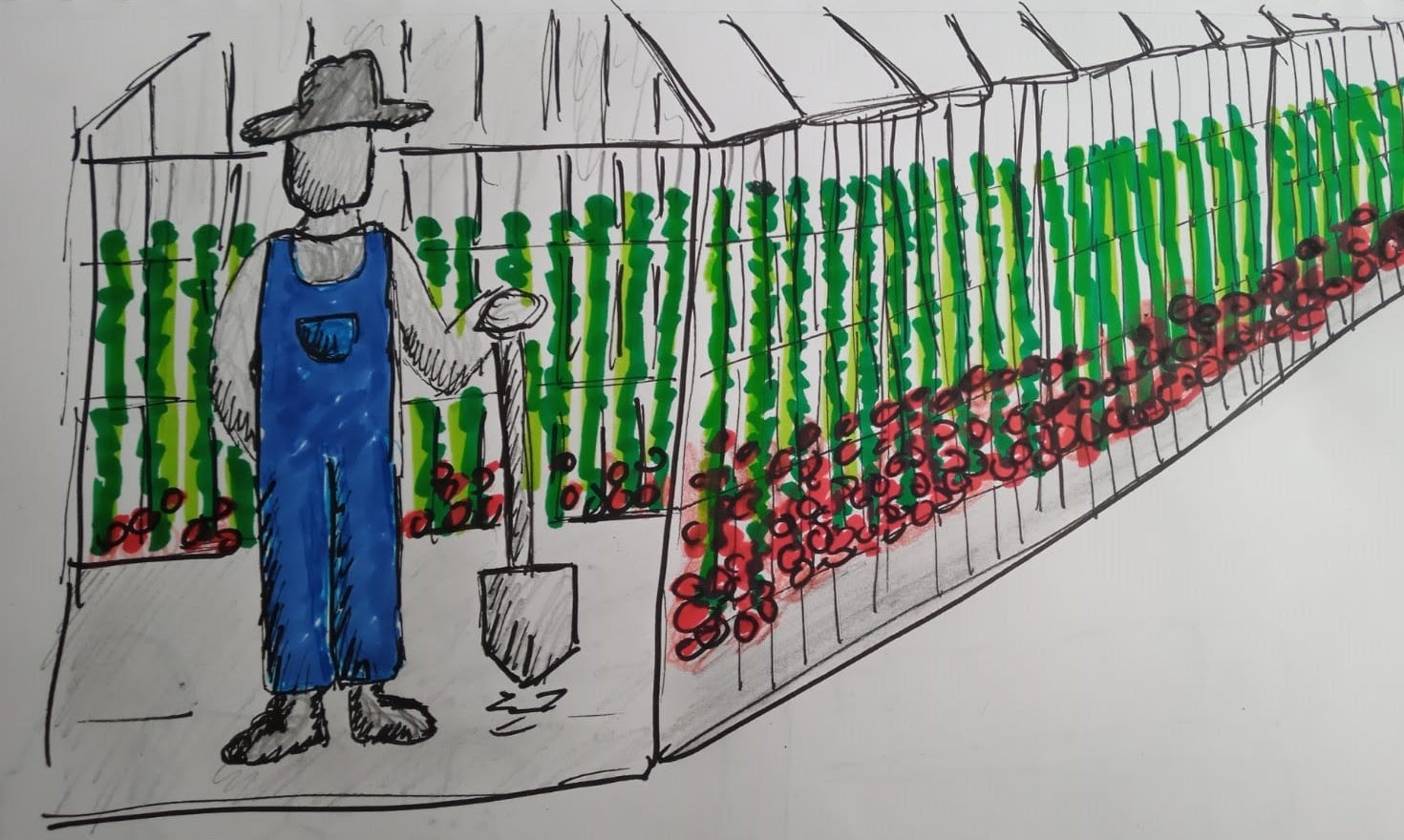
Image 1: Historical sketch of a typical farmer cultivating tomatoes
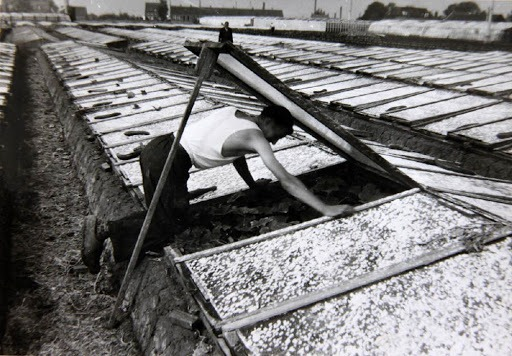
Image 2: Interconnected greenhouses in the 1940s
Image 3: left greenhouses in red (1945), right greenhouses in orange (2020).
Infinite agricultural possibilities
Today, we look back at the greenhouse farming as a historic icon. Indoor farming in greenhouses enabled farmers to grow crops under optimal growing conditions around the clock and independent of local weather. Implementing greenhouses on a large scale made the unthinkable possible: growing crops like tomatoes in a country that is known for its rainy and cold climate and exporting them all over the world. The Dutch farmers were able to build their business models around the vegetables they wanted to grow, not only the vegetables they could grow. Farming indoors in greenhouses helped to achieve much higher yields per acre than farming outdoors and needed fewer chemicals than conventional agriculture. Technological innovation increased and precision farming enabled farmers to grow crops such as tomatoes in a very productive way. The landscapes filled with greenhouses soon became iconic as they represented the leading role of the Netherlands and Dutch farmers in agricultural innovation. The Dutch spirit of agricultural innovation seemed to be unrestrained - but not for long.
Energy-intensity and light pollution changed public perceptions of greenhouses.

Image 2: Interconnected greenhouses in the 1940s
Image 4 is a souvenir from the past that reflects the success of the Dutch agricultural system. Even the influential natural historian David Attenborough perceived the greenhouses as an example for other countries to follow. Little was he aware of the disadvantages of the extensive greenhouse farming. The light pollution and extreme energy consumption that go hand in hand with greenhouse farming started to overshadow the positive aspects of the long tradition of greenhouses. The former began to become a huge concern in the light of the environmental debate. The design of the greenhouses was at the heart of the issue: intended to collect sunlight during the day and trap heat, greenhouse windows became a problem at night by letting indoor light out. The map in image 5, dating back to 2021, shows the sky brightness which tells something about how dark the Westland area is at night. Large cities that still existed before the flood, like Rotterdam and The Hague, did not even light up compared to the Westland area with its greenhouses. Studies conducted around 2040 showed the negative effects on the environment and human health which made the lobby against greenhouses even stronger.
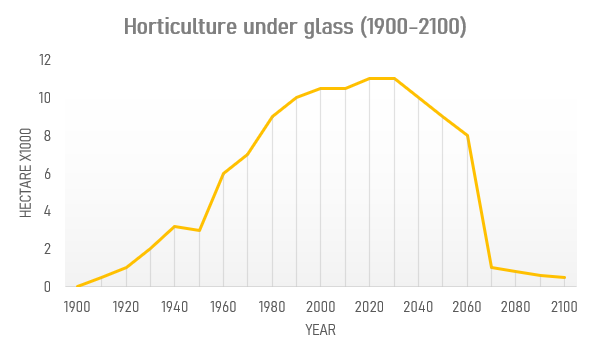
Image 6: Development of greenhouse horticulture in the last two centuries.
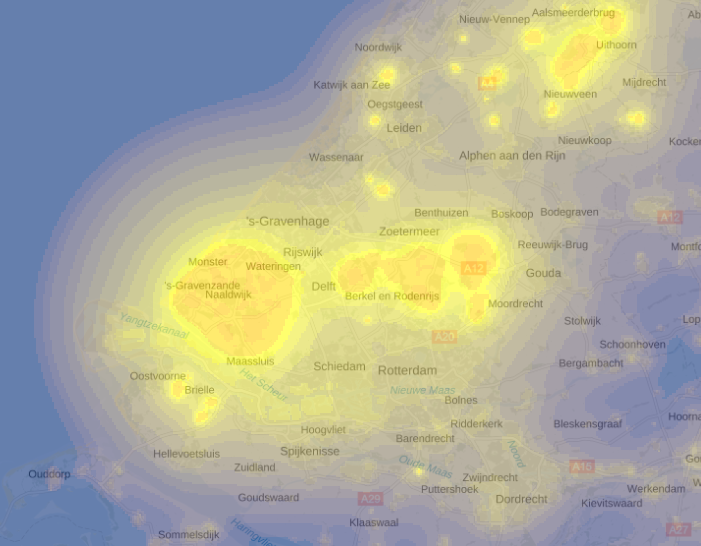
Image 5: Sky brightness is a measure of how dark it is at night. It concerns the luminance (light intensity per unit area) in the point in the sky when you look straight up (the so-called Zenith). Especially due to the amount of artificial lighting, the luminance can vary greatly in the Netherlands. This map shows the calculated sky brightness, expressed in the number of visible stars for a cloudless night.
The collapse of greenhouse farming
In 2000, only few farmers knew that they would not be able to continue greenhouse farming in the Westland area over the next century. Some parts of the Netherlands were below sea-level, and this included the Westland area. Scientists predicted that these areas were prone to flooding in the second half of the 21st century due to the impacts of climate change. Unfortunately, most farmers did not care too much about this gloomy prediction since they were concerned with other problems in the 2000s such as the nitrogen crisis. This is why most greenhouse farmers did not foresee and prepare for the light pollution discussion that arose in the 2040s. Also, consumers had been criticising products such as Dutch tomatoes cultivated in greenhouses for being tasteless. Shipping the produced vegetables to all over the world caused high CO2 emissions that accelerated climate change. From today’s perspective, we think it was absurd to export products, some without taste, over thousands of kilometres. Soon, our human hubris and its dangers caught up with us. These aspects caused the overall area covered by greenhouses started to decline in 2030 (Image 6). In the end, tragedy struck when the flood Mia in 2065 caused large parts of the Western part of the Netherlands to disappear and changed our map to the one we know today. The greenhouse horticulture that was once located in the Westland area was swept away and diminished for good.
Curatorial Team

Niels Driessen

Romy Mathot

Robin Geerts

Alina Weiss
The Museum for the Future is a project created by the Urban Futures Studio
